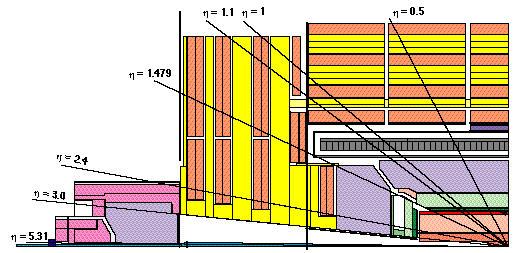
Figure 1: Longitudinal view of CMS detector ( Very Forward Calorimeter not shown).
1 Introduction
The first aim of the design of the CMS detector [1] was the
construction of a moderate size detector optimized for muon
measurement. The collaboration adopted a solution with a 4T
superconducting solenoid having the calorimeters confined inside
the coil and the iron yoke used for muon detection as shown in
Figure 1.
This kind of solution imposes several important constraints
(mainly on the dimensions and on the usable materials) for the
design of the detectors inside the coil, leaving instead an
almost absolute engineering freedom for the muon chamber project.
In the chosen layout four muon stations are interleaved with the
iron of the yoke to make full use of the magnetic return flux
(~1.8T) for a muon momentum standalone measurement in order to
simplify the matching of the muon reconstructed track to its
image inside the inner tracker.
The main drawback of a scheme with muon chambers packed close to
the iron is the presence of an important electromagnetic
background due to showering in the iron induced by muon
bremsstrahlung, that complicates the track reconstruction.
Together with the unavoidable cracks introduced for the supports
and the cabling of large detectors, this background is the most
important reason for the choice of an highly redundant design.

Figure 1: Longitudinal view of CMS detector ( Very Forward
Calorimeter not shown).